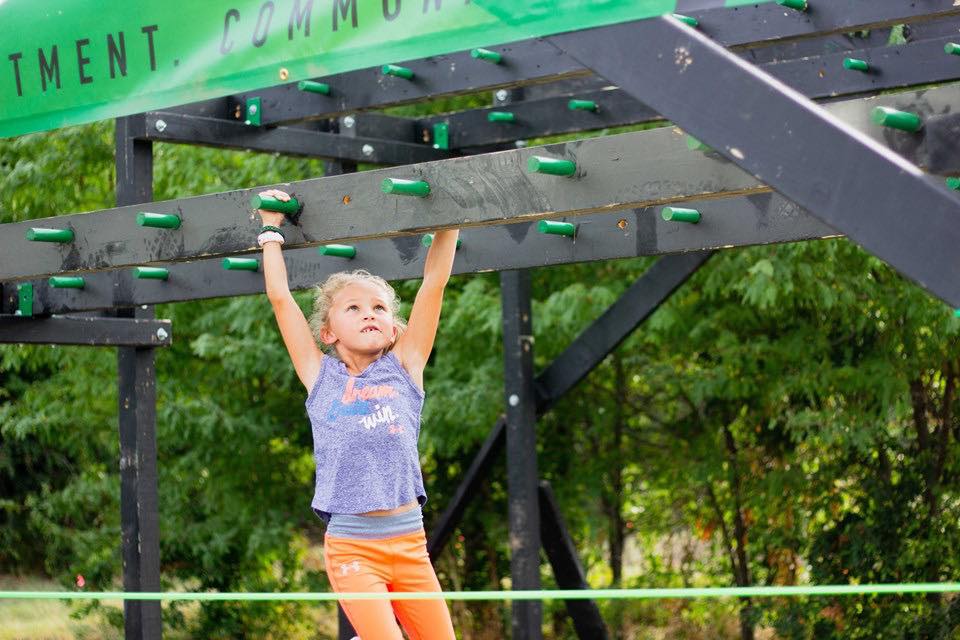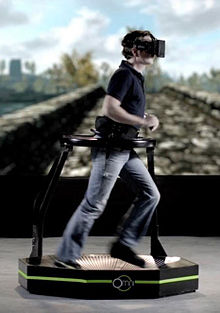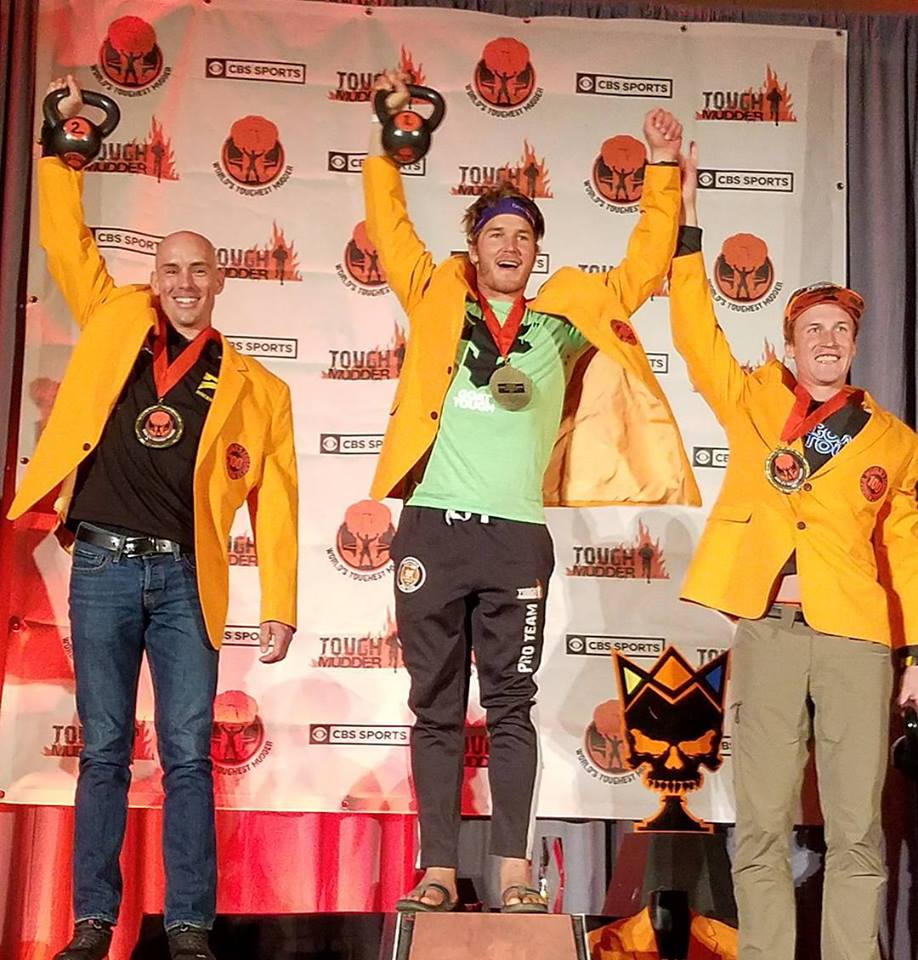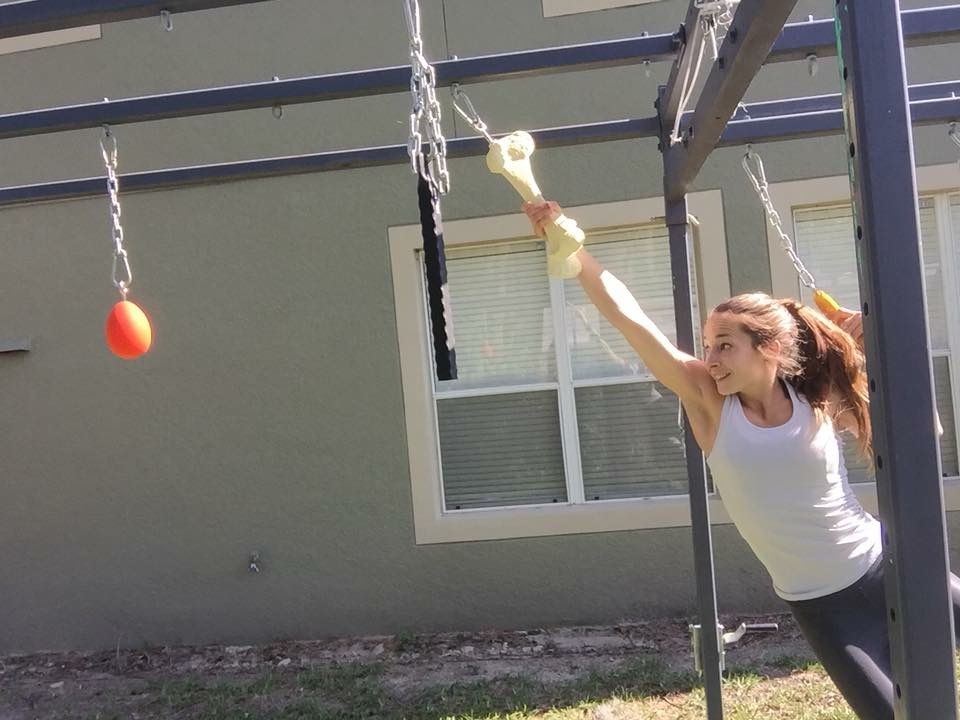In case you missed it, Fortnite, the video game, recently gave away $30 million dollars in one tournament. This enormous prize purse included a $3 million dollar payout to the winner. In the Obstacle Course Racing industry we don’t have any million dollar payouts for a single day that have been achieved or even an athlete who has a cumulative million dollar lifetime earnings. I started thinking about what we as an OCR industry/athlete community can learn from this. Here’s what I came up with:
1. You are compensated according to public interest:
Is it fair that a 16 year old kid won $3 million in one day while athletes like Jonathan Albon's and Ryan Atkins' largest pay day is exponentially lower than that? It isn’t. The things I’ve seen Atkins do at World’s Toughest Mudder defy human limits and Jonathan Albon’s half a decade reign at the top of the sport at OCR World Championships 15k is the stuff of legends. However at the end of the day, athletes in the sport will make money according to the public interest. Fortnite had over 2 million live viewers for the finals, which doesn’t account people who went back and watched it after the initial competition.
As ridiculous as it sounds, Fortnite sold millions of copies within months of its release. When was the last time a race opened registration and a million people tried to sign up? It was never. Fortnite “turned its publisher Epic Games into a multi-billion dollar business”. If your brand is generating billions of dollars, giving away $30 million at a tournament is much more economically feasible.
Add in a lower cost of entry compared to racing multiple times a year and e-sports generate preposterously more money. Similar to the USA’s male and female World Cup Soccer Teams, it is a lot easier to pay athletes more money if they are generating more profit. It’s not “fair,” it is just math and economics.
2. 10,000 hours of Mastery:
I watched an interview with the new Fortnite world champion Kyle Giersdorf who said he plays around six hours a day, often broken into sections throughout the day when he can fit it in. This may be an hour or two before school, an hour at lunch and several more hours after school. At this point I can throw out a dozen popular sayings of the importance of practice like “practice makes perfect” and “the appearance of success is often those that just didn’t give up.”
The takeaway here is to be the best or reach near the top of any activity or sport whether it be OCR, e-sports or being a musician it requires lots of practice. According to the author Malcolm Gladwell, it takes on average 10,000 hours of deliberate practice. This doesn’t mean just going through the motions but specifically trying to improve. Unlike most sports, practicing e-sports for six hours a day is physically more feasible, allowing a 16 year old to reach the top of the world.
If you do the math, 6 hours a day comes out to over 2000 hours of practice a year. With a new sport/competition, if you are practicing that much more than your peers, you will be performing far above their level.
3. You vote with your money:
At the end of the day you vote with your money. Don’t like that the women’s soccer team isn’t paid enough? When was the last time you bought one of their jerseys, went to one of their games or paid for streaming service of a non-world cup match? Don’t like that Fortnite is giving away millions of dollars? Do your kids own the game or have you bought a copy for a family member for birthday/Christmas?
If we can figure out ways to pull more people into the sport of OCR, we will continue to get bigger prize purses, better obstacles and more venues. That is always easier said than done, but if you need help convincing some friends send them to Mud Run Guide for some great content and be sure to stop by the race discounts section.

Taking on Conquer Youth, OCR series only for kids age 5-17.
4. It helps to be born in the right year:
I don’t play Fortnite, nor does anyone I work with. My friends, who all played video games growing up, don’t play either. If you weren’t born in the “right year,” it puts you at a severe disadvantage to winning such a tournament because it is not part of your generation’s popular culture. The minimum age of the Fortnite World Cup was 13, so if you were born too late, you weren’t even allowed to compete.
Here are the ages of Fortnite players in general (not specifically regarding the World Cup): “According to Verto Watch, Fortnite is most popular among players between the ages of 18 – 24, who account for 63% of all Fortnite players. Players between the ages of 25 – 34 represent 22.5% of all players, while those between the ages of The 35 – 44 comprise just with 13% of the overall user base.”
For those born in the “right” years, it still requires tons of practice as well as the foresight and ability to seize opportunity. This is not much different than OCR. I know I personally have benefited from being in the right age window for being able to do well in OCR since the sport is, arguably, 8-10 years old. This combined with the stability of my personal life, my job which gives me some expendable income, a lifetime of endurance training and lessons learned from the Army have put me at the right age to succeed.
As with Fortnite, OCR and pretty much everything else in life, being in the right place at the right time does not guarantee success. It requires the player/athlete/person to take advantage of those opportunities and seize their moment.

Virtuix Omni- omni directional treadmill for VR Gaming…maybe he should put on some athletic gear like MudGear socks and Marena Compression.
Fortnite is hugely popular and as I looked into some of the numbers for this article I couldn’t believe the amount of money in the industry. While many athletes scoff at the world of “e-sports”, since all you are doing is sitting down pressing buttons, perhaps one day the two worlds won’t be that far apart. As video games and technology advances, maybe the e-sport athletes of the future will have the body types of the OCR athletes of today. Video games of the future may be a fully immersive experience requiring a full body level of physical fitness thanks to advances in virtual reality. Perhaps this is right around the corner or maybe it’s just wishful thinking from an athlete who sees many of his friends, peers and coworkers under-compensated for the amount of training, effort and skill they display.
Fortnite screenshot from YouTube Fortnite Parkour video
Fortnite champion picture from NY Post
Conquer Youth from their Facebook page
CTG Pro Team's Ashley Samples picture from Mud Run Guide archives
Disclaimer: The viewpoints expressed by the authors do not necessarily reflect the opinions, viewpoints and official policies of Mud Run Guide LLC, or their staff. The comments posted on this Website are solely the opinions of the posters.






Nailed it with “born in the right year” on both accounts–too old to keep up with the kids in multiplayer these days. And one can only hope that VR can soon blend both my competitive-casual loves of gaming and OCR!
About once a year I write on this same subject and still nothing much has changed except bringing another perspective to the arena. Last year it was mountain biking. The year before, reality TV. Regardless, it comes down to economics as you said. But there is still something elusive. Something that will attract the masses and the money. I think it will be some strange combination of things that when presented together will make OCR a sports world phenomenon. All the best to the one who discovers it and brings it to market.